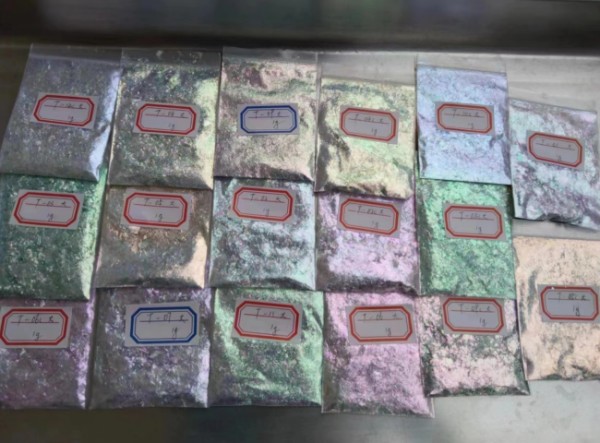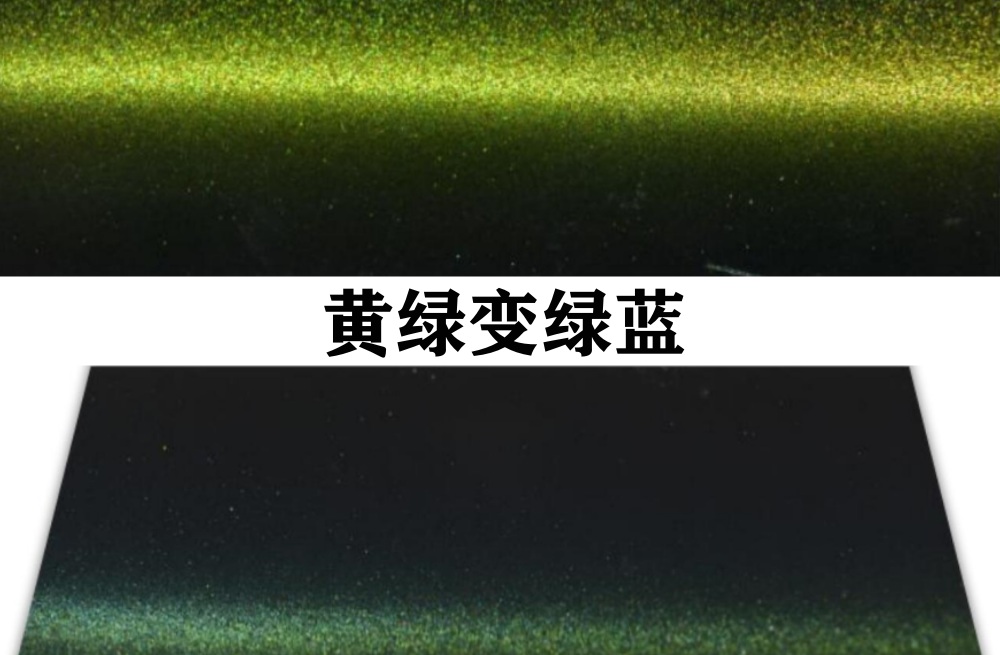As we all know, there are many different types of optically variable ink depending on the manufacturing process. Here, we will take a few common examples of optically variable ink and introduce their operation and application.
- Water-based screen printing optically variable ink
This is a widely used optically variable ink in fiber products due to its safety and convenience, and is a water-based ink. When printing, a mesh count of 80 to 120 is required for screen printing. After using water-based screen printing optically variable ink, it needs to be heated to 100 degrees and dried for one minute. If time allows, it can be left for 12 hours to dry completely. Then, it needs to be heated at 130 degrees for three minutes in an environmental reaction bridge to obtain a product with excellent fiber adhesion.
- Oil-based optically variable ink
This is an optically variable ink mainly used for printing on plastic films, metal plates, and other surfaces, and is an oil-based ink. When printing, a mesh count of 100 to 200 is required for screen printing. It should be noted that when using this type of optically variable ink, solvents such as esters, ketones, or adhesives such as resins and minerals need to be added.
- Plastic optically variable ink
This optically variable ink is made by adding DOP plasticizer to ultrafine particles of vinyl acetate copolymer, which expands the particles. Compared with other optically variable inks, it has the characteristic of being not easy to dry. After using screen printing to print, the plate does not need to be cleaned, and the residual ink on it can be used without being affected.
HiBlueStar
电话:15050450799(微信同号)
© HiBlueStar Sitemap





